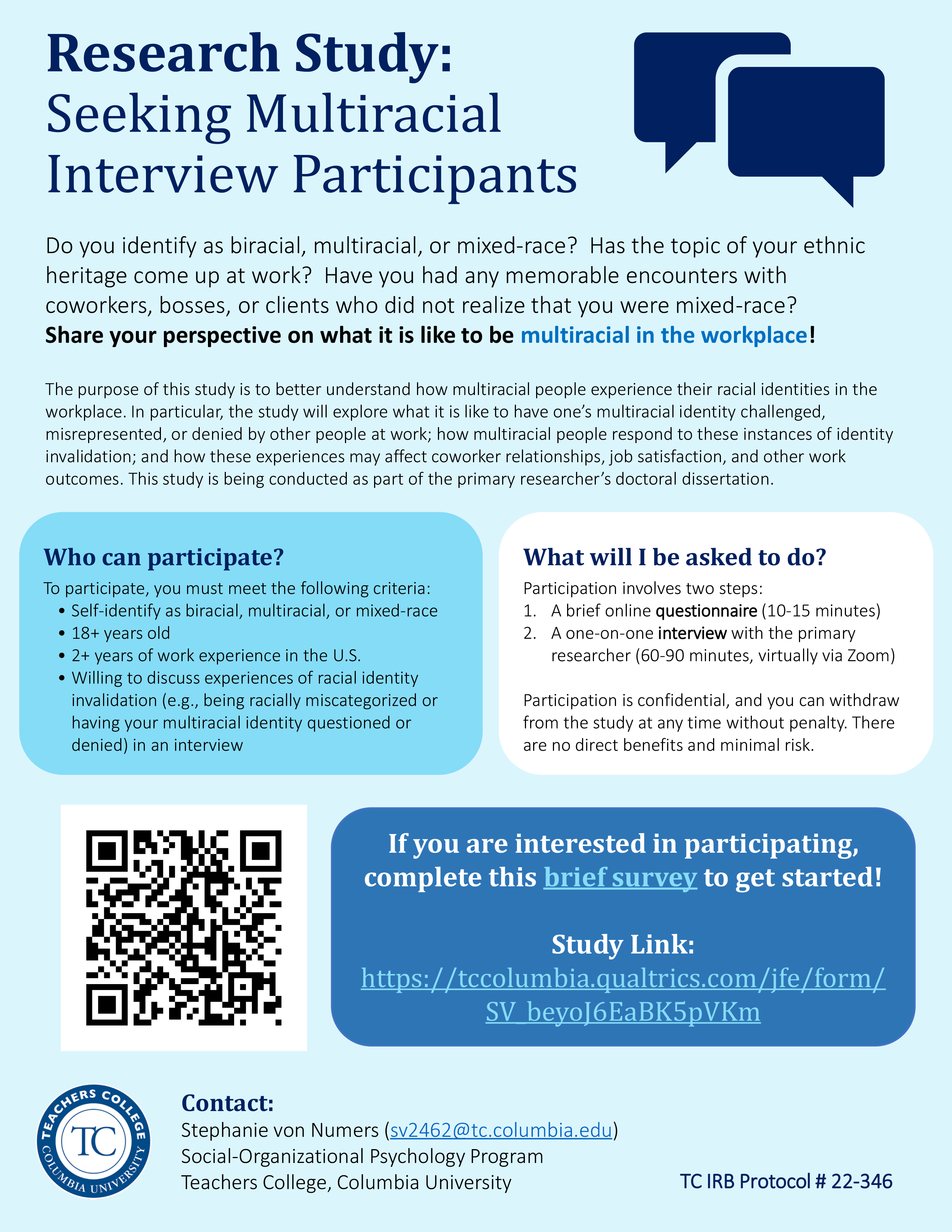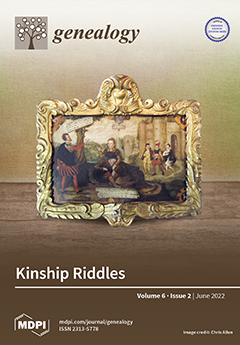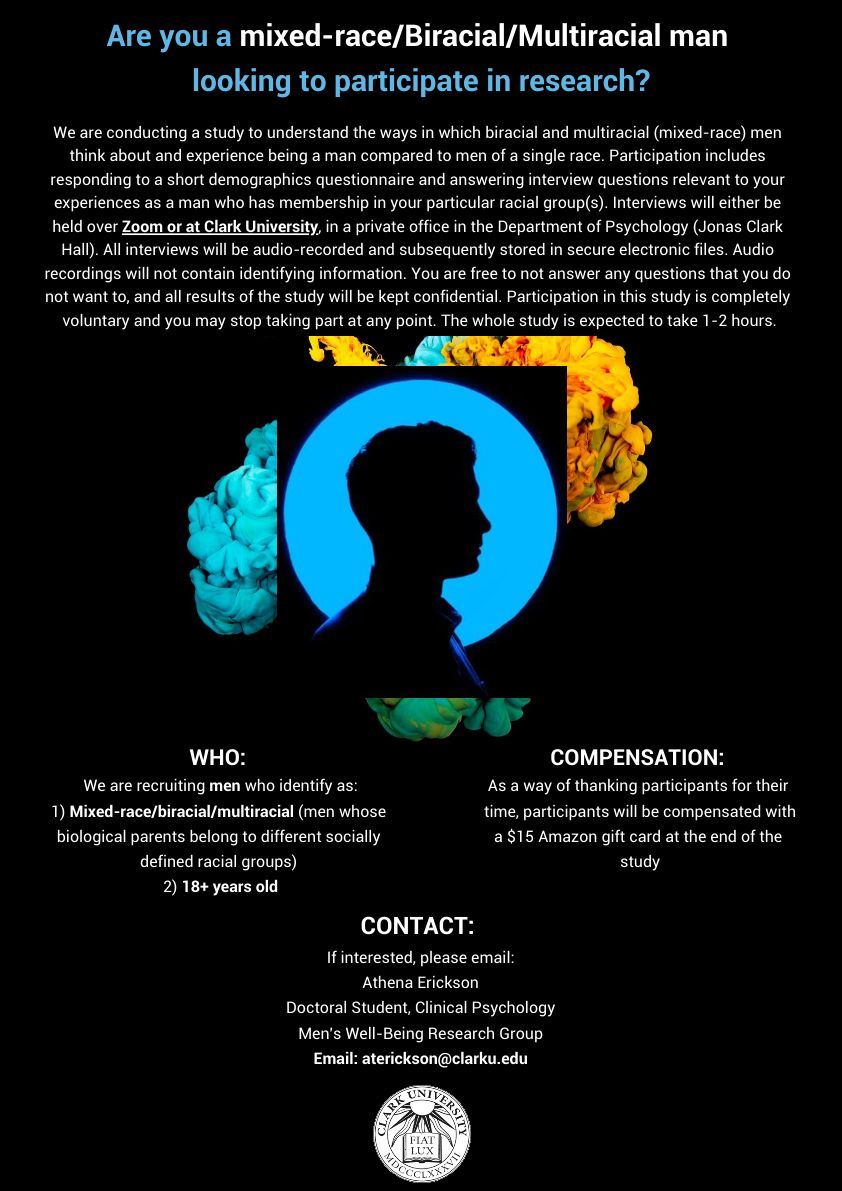University of California, Santa Barbara (UCSB) Special Research Collection
Library at University of California, Santa Barbara
2022-08-22
G. Reginal Daniel, Professor of Sociology
University of California, Santa Barbara

G. Reginald Daniel, UCSB Professor of Sociology and member of the Advisory Board of MASC (Multiracial Americans of Southern California), and Paul Spickard, UCSB Professor of History, in coordination with Danelle Moon, Head of UCSB Library Special Research Collection, have been collecting primary documents from support and educational organizations involved in the multiracial movement, particularly from the late 1970s through the early 2000s. This period was the height of discussions surrounding changes in official data collection on race, as in the census, to make it possible for multiracial individuals to identify as such.
HISTORY
Beginning in the late 1970s and early 1980s, interracial families and multiracial adults became part of a multiracial movement that endeavored, among other concerns, to change official racial-data collection standards that required individuals to identify with only one racial background. Activists were unsuccessful in bringing about changes on the 1990 census. Yet their efforts intensified in the wake of the census. Consequently, by the 2000 census, for the first time, and largely through the activism of multiracial organizations, multiracial-identified individuals were allowed to self-enumerate by checking more than one racial box on the census.
On the 2000 census, multiracials (or the “more than more race” population) totaled 7 million or 2.4 percent of the population. Based on 2010 census data their numbers increased to 9 million people—or 2.9 percent of the population. Although multiracials still make up only a fraction of the total population, this is a growth rate of about 32 percent since 2000.
WHY CALIFORNIA, WHY SANTA BARBARA
The West Coast, particularly California and Hawaii, has the highest concentration of interracial couples and the largest number and highest proportion of multiracial-identified individuals. California, in particular, has been a major center of multiracial activism, as well as academic research and university courses on multiracial identity. The University of California, specifically the Berkeley and Santa Barbara campuses, has the longest-standing university courses on this topic in the United States.
The UCSB Library Special Research Collection currently holds documents from iPride (Interracial/Intercultural Pride) and MASC, which, along with IMAGE, the Amerasian League, and Hapa Issues Forum, are among the local support and educational organizations founded in California. The Association of MultiEthnic Americans (AMEA), which was a national umbrella organization for numerous local groups, as well as A Place for Us National (APUN), which was another national organization, originated and maintained headquarters in California. Project RACE (Reclassify All Children Equality) is an additional national organization with headquarters in California although it was originally located in Roswell, George. That said, iPride and MASC are the two oldest organizations founded in California as well as two of the oldest organizations nationally. Moreover, they were two of the organizations most actively involved in deliberations surrounding the collection of official data on race.
HOW TO CONNECT
The documents from iPride and MASC have been catalogued and are ready for public perusal by those interested in consulting primary documents on the multiracial movement. Currently, the items can only be viewed within the Special Research Collection reading room. Hopefully, the library will be able, at some point in the near future, to secure funding to make many, if not all, of the documents available online. A list of the library holdings can be found on the UCSB Library website (https://www.library.ucsb.edu) under the heading “Archives and Manuscripts” by entering “Multiracial” in the “Search” box. That will take clients to the individual iPride and MASC collections. Clients can download a pdf that contains the specific holdings for each organization after clicking on the red- highlighted organization titles. Go to the upper righthand corner and click “View entire collection guide.” Subsequent documents donated by other organizations will be similarly catalogued.








